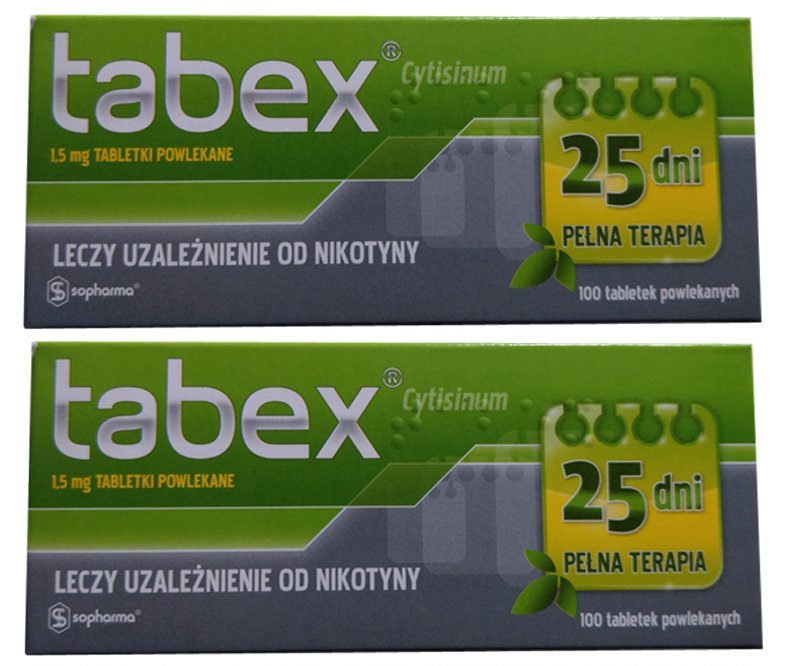Not known Details About Cytisine for smoking cessation: as good as nicotine replacement
All about Plant extract trumps nicotine patches to quit smoking - New
Extended dosing would be worth screening in a future research study, they suggested. And the contrary lead to the Maori trial might suggest that populations more accepting of "natural" products would react much better to cytisine than to varenicline. A few of these questions might be responded to in an ongoing, placebo-controlled, stage III trial with an exclusive cytisine formulation called cytisinicline, in which the representative is given for approximately 12 weeks.
As a partial agonist for nicotinic acetylcholine receptors, it apparently suppresses nicotine yearnings and withdrawal signs when individuals stop smoking cigarettes. The standard treatment interval has actually been 25 to one month, although Courtney and associates noted that this isn't always optimal-- as an inexpensive plant derivative, it hasn't had the sponsorship to evaluate numerous dosing routines as Big Pharma would do for an item that requires FDA approval.
See This Report about Promising pill for kicking the smoking habit - Science Media
It's not without debate, obviously-- early reports of psychiatric disturbances consisting of suicidality led to label cautions, although the FDA still considers it a safe and reliable drug. Then just recently, drugmaker Pfizer recalled 9 lots of varenicline (which had not yet been shipped to drug stores) since of possible nitrosamine contamination.

Nevertheless, varenicline has actually been the leading non-NRT drug for smoking cessation in the the Western world. For cytisine to stake a claim as a reliable representative-- especially in nations aside from the U.S. that would desire proof of at least noninferiority for it to be consisted of in nationwide formularies-- a head-to-head trial in a Western-type population could help its case.
The Of Tabex Cytisine

Participants were daily smokers, recruited from ads in print, radio, and online media, as well as from a telephone quit line, who said they wished to stop and weren't presently using other smoking-cessation pharmacotherapies. Some 5% were Aboriginal or Torres Strait Islanders. benefits of quitting smoking were males, and suggest participant age was 43.

They were randomized 1:1 to the two research study agents, unblinded for practical factors. The trial's main endpoint was smoking abstinence-- i. e., not having smoked more than five cigarettes in the past 6 months when examined at study month 7-- as reported by individuals and consulted a carbon monoxide (CO) breath test.
UNDER MAINTENANCE